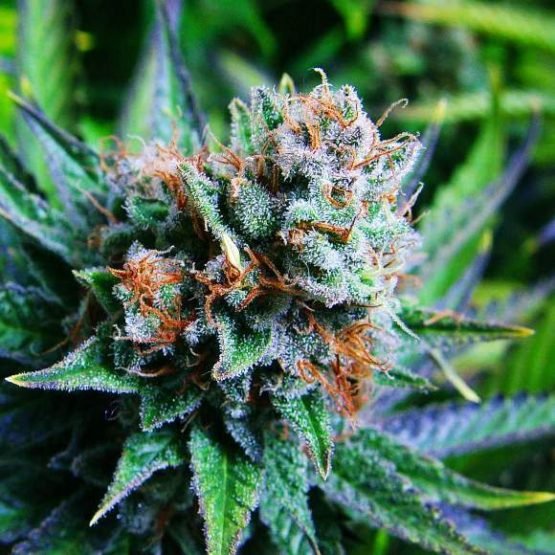Trees Sixty Nursery Cloning Your Garden
Cloning trees by cutting off tree limbs and causing the cuttings to create root frameworks is an extraordinary method to increase tree assortments. The cloned trees will be hereditarily indistinguishable from the tree they were taken from. The cloned trees will develop at a similar rate and have a similar irritation opposition as the parent tree. Cuttings will take two to nine weeks to build up a root framework, contingent upon the sort of tree. After that time, the established tree cuttings can be relocated into bigger pots.My garden is as of now strange. I have this issue or impulse where on the off chance that I happen to be passing by the natural nursery or, heck, the home improvement shop, I will stop and purchase a six-pack of veggie seedlings, normally some assortment of green bean or squash or hot pepper. Furthermore, much the same as that, I'll have another line of future produce that will generally be parted with. I simply like watching things develop.
It's altogether astounding that the entirety of this structure and, in the end, food can emerge out of simply soil, water, and daylight. Only a couple of days in the wake of planting, the foundations of what was as of late an evaporated old seed will have developed into the encompassing soil and the plant and earth will have gotten very much the same, it might be said. The palatable organic product final product is only a special reward to the marvelous show that is macrobiology. Seeds and sexual propagation are cool and all, however probably the best point of view on garden science comes by means of the way toward cloning. Nature has been occupied with cloning itself since the very beginning of organic life billions of years back, and people have been doing it for a large number. Cloning offers not simply the ensured ideal propagation of a specific genome, yet an easy route around the cycle of germination itself, for example the methodology by which a living and using plant rises up out of the torpidity of a dry, hard seed. Sometimes, this can be cultivated with just the absolute minimum of care, similar to the case with anxious to-flourish and synthetically improved tomato plants.

Plants that excitedly self-clone in nature incorporate (however are not really restricted to) grasses, onions, potatoes, and strawberries. The cycle goes this way. Initial, a "mother" plant grows a specific kind of root known as a sprinter or stolon. Sprinters develop at or extremely close to the outside of the dirt, transmitting outward and inevitably shaping a bud or hub, which is the beginning of another and hereditarily indistinguishable plant. This hub will grow a shoot, which stretches out over the surface, a cycle incited by hormones delivered by the hub's propelling free root framework. In time, the stolon may wilt away.
The final product of characteristic cloning is the arrangement of a genet, which is basically a group of clones all living in nearness to the first mother plant. The biggest known genet, what some contend is the single biggest living creature by mass, is an assortment of 47,000 hereditarily indistinguishable aspen trees situated in Utah's Wasatch Mountains. Another outstanding genet, and what is probably going to be the most established living creature on Earth at 100,000 years of age, is a remain of a specific assortment of seagrass known as Posidonia oceanica that is situated off the shoreline of Ibiza. The Ibiza "beast" measures 8 kilometers over.
###would you like to add some points ?
###then comment and also [Follow me]
https://steemit.com/@cloneslosangeles